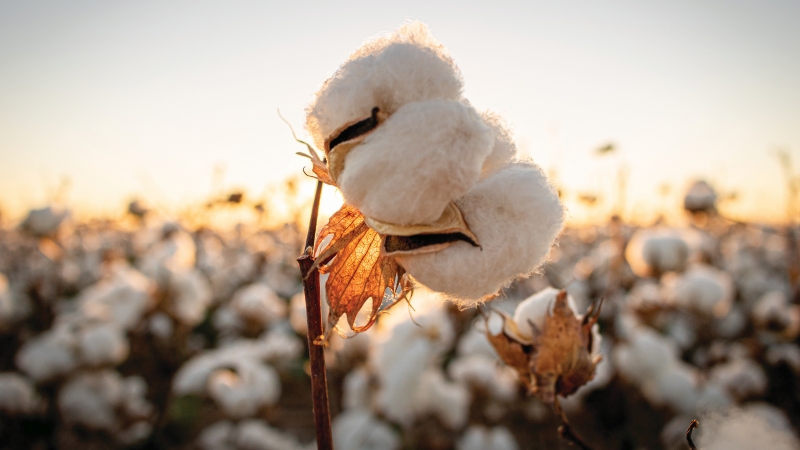Preserving the Value of Two-Gene Bt Cotton
One year ago, following a disastrous season of bollworm outbreaks and lapses in Bt technologies, entomologists and growers seemed ready to pull the plug on two-gene Bt varieties and move on quickly to the newer three-gene technologies.
Not so going into 2019. Despite documented levels of resistance and heavy bollworm pressure again in 2018, some new thinking regarding scouting – plus the success of diamide insecticides in foliar applications – show that two-gene varieties can be profitably managed.
Data reviewed at the 2019 Beltwide Cotton Conferences showed the concerning levels of resistance found in the two-gene Bt traits. A series of bioassays conducted at multiple locations over the past three years have shown resistance levels ranging from 33% to 100% for Cry1Ac (the base toxin found in Bollgard) and 50% to 90% for Cry2Ab (the second gene found in Bollgard II). Similar lapses were also noted in the Bt genes found in WideStrike and TwinLink technologies. Resistance levels are more severe in Texas and the Mid-South and lower across the eastern Cotton Belt.
The studies also showed no documented resistance to the Vip3A protein – the third link in the newer three-gene technologies.
“Even though we’re mentioning that we have resistance to these Cry proteins that are in any of these Bt cottons, they are still providing a lot of value,” noted Dr. Jeff Gore, Associate Extension/Research Professor with Mississippi State University in Stoneville, MS. “Looking at tests from 2017-2018 on the value of spraying two-gene and three-gene Bt cotton, we were averaging 160-180 pounds of lint benefit from two Prevathon sprays on two-gene cotton. When we had fairly high bollworm pressure on the three-gene cotton in 2017, we saw some benefits from oversprays.
“The main takeaway is that there are some times when even the three-gene technologies are going to need to be sprayed and we’ll see some benefits from it, although it’s going to be extremely rare compared to the two-gene cotton,” he said.
The biggest challenge in scouting for bollworms in Bt cotton is actually finding them. Mid-South recommendations now call for scouting the terminals for egg lays – much like original recommendations for non-Bt cotton. “If you’re finding 10-20% eggs in the terminals, that should be enough to trigger the egg threshold,” said Gore. “If larvae get into the bloom tags, the residual action of Prevathon and other diamides should be able to control bollworms when they leave the tags.”
Matthew Wiggins, technical service manager for FMC, concurs.
“We want to pull the trigger on egg lays and be proactive and not chasing worms,” he advised. “By spraying on egg lay, we’ll be able to provide longer residual and better control consistently versus trying to spray when small worms are present. It’s important to make sure we’re stewarding Prevathon and other diamides, just like we’ve been working to steward herbicides for pigweed.”
Wiggins has two primary recommendations for growers and consultants. First is timely scouting, especially in areas near or adjacent to field corn. And second, be informed and aware about insect flight patterns so they’ll know what’s potentially coming their way.
Gore also adds one more piece of advice for growers – base variety selections on yield and have a plan in place for necessary insecticide treatments.
“Even with resistance and the need to spray, growers are still likely to come out ahead with higher yielding two-gene cottons,” he stated.
From Cotton Grower Magazine – February 2019









